What Can Go Wrong?
- Crushing or injuries caused by moving machinery, moving plant equipment and falling or propelled objects
- Injuries from exposure to hazardous substances (fumes, dust, fluid, or vapour); flashes and sparks from non-ionising radiation
- Electric shock and burns from contact with live parts, injury from exposure to arcing, fire from faulty electrical equipment or installations
- Slips, trips or falls could be more likely in an industrial environment
- Hearing impairment or damage from sudden or loud noises
- Host employees could be harmed due to obstruction or distraction by our production activities
- Pedestrians could be harmed coming into contact with vehicles such as forklifts and trollies
- Stock falling from racking or its collapse could cause serious injury
- A fall whilst working at height
Legal/91�ȱ� Requirements
- The Health and Safety at Work Act 1974, places a duty on employers to ensure the health, safety and welfare of all workers
Control Measures
Management Planning
- Management must risk assess the work, location, the competence, experience and capabilities of the individual that will be working on site and mitigate these risks
- Seek assurance from the responsible person at site that they have sufficient controls in place to protect 91�ȱ� staff / visitors / customers whilst on their premises e.g. site induction for visitors, suitable risk assessments, method statements, adequate supervision whilst on site
- All staff should be briefed prior to commencing work. The briefing should cover the control measures that need to be taken to reduce any foreseeable risks
Employee Planning
- Recce the area taking into account any risks relating to health and safety
- Establish contact details of the person at site with overall responsibility for your health and safety particularly if the task involves any lone working
- Comply with any local health and safety requirements
- Ensure that any necessary PPE is provided as required and that it is suitable
- Ensure that any near misses, accidents, incidents are reported to your/ their line manager
Before work commences
- Discuss all required activities with the factory representative
- Follow all advice from the factory representative and receive site safety induction.
- Consider factory hazards including prohibited areas, vehicle movements, hazardous chemicals etc.
- Find out what personal protective equipment (PPE) is required, who will provide it and ensure there is enough for those that need it. Typically safety shoes, hard hats, eye protection, ear defenders/plugs and ‘high vis’ vests around moving vehicles will be needed.
- Identify any accident and emergency evacuation procedures and communicate that to the team.
- Don’t assume that it is a well-run and safe place to work.
During work activities
- Ensure the team are accompanied at all times by the person in charge at site.
- Always use designated pedestrian routes and never obstruct fire exit routes.
- Be alert to the risks from moving parts of machinery at all levels including forklifts, hoists, cranes and moving elements of production lines and conveyor belts.
- Look out for hazards and obstructions when moving with production equipment or looking through a viewfinder.
- Do not put hands or equipment in, or close to moving machinery.
- Avoid entanglement from trailing cables and loose or hanging clothing. Tie long hair back, Consider using wireless equipment.
- Record away from noisy machinery and processes and limit the time exposed to loud noise.
- Be prepared for high pitched sounds from sirens and industrial processes.
- Do not look at flashes, sparks or arc welding activities without taking advice about the additional protection required. See non-ionising radiation guidance.
- Do not touch or operate factory equipment or vehicles you are not trained or authorised to use such as forklifts, compressed air equipment & lines
- Do not use the factories work equipment i.e. access scaffolding equipment to gain access for filming without express consent and the appropriate checks and controls.
- Do not stand or work in areas where you may be struck by falling or moving objects and equipment.
- Do not touch exposed power supplies, transformers, high tension busbars, cables and 3 phase supplies.
- Do not step in puddles of oil, leaks or on other slippery surfaces.
- Keep away from unprotected edges and take extra care on access equipment and walkways.
- Avoid inhaling or touching contents of any containers and tanks, sharp or hot materials.
- Keep people and equipment away from dangers created by vats, tanks, silos, hot fluids, pipes and surfaces; steam and pressurised air.
- Avoid distracting or obstructing the factory workers, drivers or machine operators; also avoid dazzling them with bright lights.
When work stops
- Wash hands before eating, drinking or smoking and after the visit.
- Decontaminate broadcast equipment and kit with an antimicrobial wipe and dispose of used wipes appropriately.
FAQs/Did You Know?
- Hard hats, safety boots, ear defenders and other PPE is available from the Safety Equipment Stores. They also supply Antimicrobial wipes such as Milliseptol.
Recommended links
-
Guidance from the HSE for a variety of manufacturing workpalces
Premises and sets topics
-

Sets & Premises safety guide
This Safety Guide collates those of our Safety Guidelines relating to construction activities (on sets or other structures, including under 'CDM') and to the occupation / use of building premises (studios or locations). -
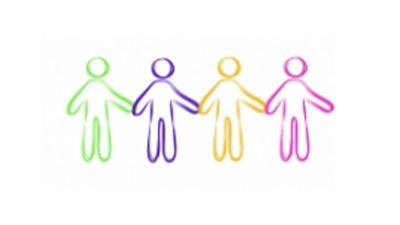 This site is for 91�ȱ� Employees or potential future employees only. If you are not a 91�ȱ� employee or looking for further information regarding 91�ȱ� Access Services then please click on another page from the menu above, where you can find out more about Remploy.
This site is for 91�ȱ� Employees or potential future employees only. If you are not a 91�ȱ� employee or looking for further information regarding 91�ȱ� Access Services then please click on another page from the menu above, where you can find out more about Remploy. -
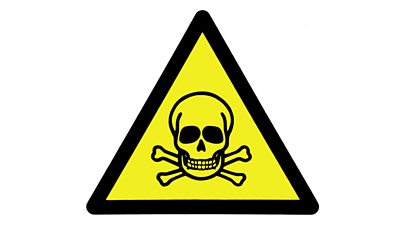
Asbestos Management on 91�ȱ� premises
This is a summary of the way that asbestos is managed in 91�ȱ� Buildings. It supplements the information about managing asbestos on productions. -
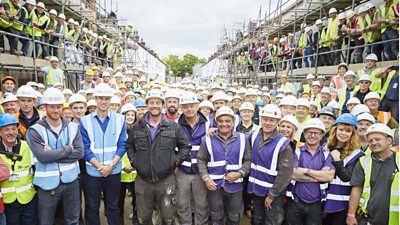
CDM Overview
Legislation to ensure the safe design and construction of structures was updated in April 2015, namely the Construction (Design and Management) Regulations 2015 (CDM 2015) -

CDM 2015 - The 91�ȱ� Approach
Guidance on the practical application of the Construction (Design and Management) Regulations 2015 across the 91�ȱ� -

First Aid in 91�ȱ� Premises
This page describes how first aid is arranged in 91�ȱ� premises. It supplements the guidance to first aid on productions. It is aimed at people who need to decide what provision to make for first aid on 91�ȱ� premises. It also provides the arrangements and numbers for contacting ambulances and the National Central Control Room (NCCR). -
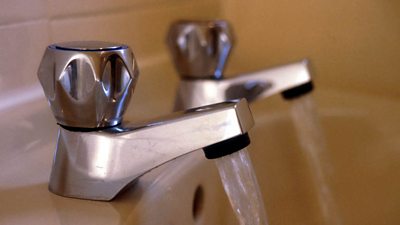
Legionella in Premises: Control of
This guidance provides an overview of how water systems are managed in premises to minimise the risks from the Legionella bacteria. -
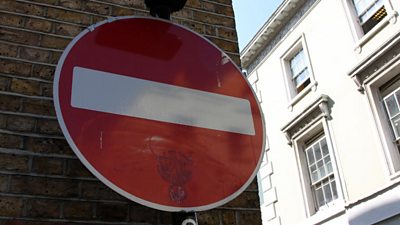
Permit to Work in 91�ȱ� Buildings (Restricted Work)
Some work in 91�ȱ� buildings is restricted and you have to get permission, called a Permit To Work (PtW) to do it. -
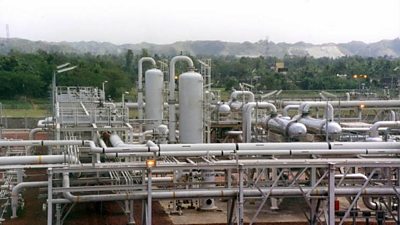
Pressure Systems
A guide to pressure systems in buildings. Pressure Systems include all plant/systems that contain a ‘relevant fluid’, defined as steam or gas under pressure and liquids under pressure which become gases upon release to the atmosphere, at a pressure greater than 0.5 bar (about 7psi) above atmospheric (except for steam). Around the 91�ȱ� there are heating, fuel transfer, compressed gas and hydraulic systems used in program production, studios (e.g. Camera Peds), office and maintenance facilities. -
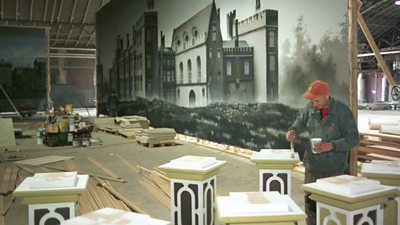
Sets: Safety of
This Safety Guideline is concerned with the construction and use of production sets and associated scenery used in studios and on locations.
More from SSR
-
Your platform to record accidents, risk assessments, assurance monitoring and inspections
-
Safety Equipment Stores
Just one number to call: 020 3614 5155 -
91�ȱ� Safety Guidelines
An A-Z of 91�ȱ�'s Health and Safety Guidelines -
Safety Advice Line: 0370 411 0464 Email: safety@bbc.co.uk
Events guidance - key links:
- Exhibitions
- General Guidance
- Indoor Location Recce Checklist
- Outdoor Location Recce Checklist
- Major Incidents & Emergency Planning
- Marketing and Promotional
- Noise Exposure
- Planning and Management
- Responsibilities
- Responsibilities Form
- Laser Lighting Effects
- Strobe Lighting
- Temporary Stages and Rostra
Health topics - key links:
- (91�ȱ� network only)
- Contributors Fitness to Participate
- Display Screen Equipment (DSE)
- (91�ȱ� network only)
- First Aid and Welfare on Location
- International Travel - Risks & Health
- Manual Handling
- Mental Health: 91�ȱ�page
- (91�ȱ� network only)
- Personal Health and Wellbeing
- Pregnancy
- Psychological Trauma Support & Trauma Risk Management (TRiM)
- Tiredness and Fatigue
- Travel Health Contacts
91�ȱ� High Risk - key links:
- CBRN and Industrial Spills
- Covert Filming
- Crisis Management and Security Support
- Demonstrations, Protests and Crowds
- Disaster Coverage
- Door Stepping
- (91�ȱ� network only)
- (91�ȱ� network only)
- Public Order
- Safety Equipment Stores
91�ȱ� Journalism - key links:
91�ȱ� Productions - key links:
- Aerial Filming and Airfields
- Animals: Displaying and handling for performance
- Boats: Working on
- Children and Young People
- Driving
- Electrical Equipment and Systems
- First Aid and Welfare on Location
- Food Safety (Cooking and Catering)
- Remote Location Working
- Roads and Streets: Working by
- Security of Productions on Location
- Stunts
- Tiredness and Fatigue
- Unmanned Aerial Systems (UAS aka Drones)
- Vehicles: Recording in, from and around
- Working at Height: Mobile Elevating Work Platforms
- Working at Height: Tower Scaffolds
91�ȱ� Radio - key links:
- (91�ȱ� Network only)
91�ȱ� Security - key links:
91�ȱ� Sport - key links:
About this site
This site describes what the 91�ȱ� does in relation to managing its health, safety and security risks and is intended for those who work directly for the 91�ȱ�.
It is not intended to provide instruction or guidance on how third parties should manage their risks. The 91�ȱ� cannot be held liable for how this information is interpreted or used by third parties, nor provide any assurance that adopting it would provide any measure of legal compliance. More information
Some links on this site are only accessible when connected to the 91�ȱ� network
